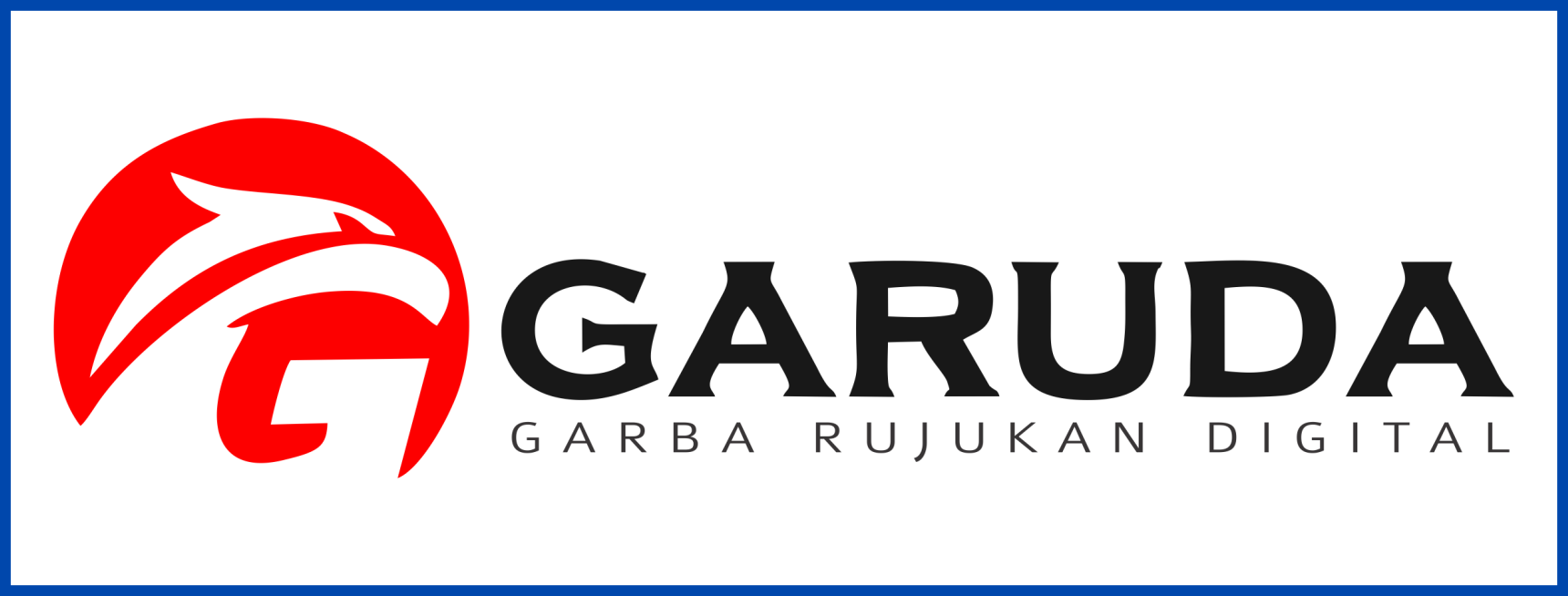Counseling and Application of Appropriate Technology to Increase the Production of Coarse Salt through the Tunnel and Filter Inlet Outlet (FIO) System in Tedunan Village, Demak, Central Java
Abstract
The potential for salt in Tedunan Village, Wedung District, and Demak Regency is very large, but it still maximized. Two factors influence the amount of salt, namely climatic conditions and the sources of raw materials. Hot temperatures and scorching sunlight make the climate conditions in Tedunan Village very suitable for salt farming. Abundant sources of raw materials, with the location of the village not far from the sea making it very easy to obtain raw materials for making salt from estuaries. The sluice gate that separates seawater and freshwater also plays a vital role in maintaining the quality of raw materials. With the high potential for salt in Tedunan Village, this community service is conducted to assist salt farmers in Tedunan Village by introducing applying appropriate technology, which is expected to solve salt production problems. The community service results show that the main problem is that the seawater used as a raw material contains a lot of pollutants. The next problem is that salt production must stop during the rainy season, rainwater will change the salt content in seawater which ultimately makes it difficult for salt farmers to produce salt during the rainy season. Collaborating with village officials and the salt group in Tedunan Village, made the community service process more easy. The Village government helps provide relevant data for setting targets, then salt producers groups express problems that are currently happening and will occur based on experience. Research activities, education, and application of appropriate technology which includes FIO and tunnel systems, can have an impact on salt farmers in Tedunan Village.
References
Gesha. (2020). Filter inlet outlet (FIO), Saring cemaran pestisida dan logam berat lahan pertanian. Tabloid Sinar Tani. https://tabloidsinartani.com/detail/indeks/tekno-lingkungan/13178-Filter-Inlet-Outlet-FIO-Saring-Cemaran-Pestisida-dan-Logam-Berat-Lahan-Pertanian
Hoiriyah, Y. U. (2019). Peningkatan kualitas produksi garam menggunakan teknologi geomembran. Jurnal Studi Manajemen dan Bisnis, 6(2), 71–76. https://doi.org/10.21107/jsmb.v6i2.6684
Ihsanuddin, & Pinuji, S. (2020). Memberdayakan tanah bagi pegaram rakyat. UTMPress. http://repository.stpn.ac.id/241/1/Tanah%20Untuk%20Pegaram.pdf
Komisi Pengawas Persaingan Usaha. (2021). Siaran pers KPPU No 34 KPPU PR IV 2021.
Komite Percepatan Penyediaan Infrastruktur Prioritas. (2020). Pengembangan Industri Garam. https://kppip.go.id/proyek-strategis-nasional/teknologi/pengembangan-lndustri-garam/#
Kumala, A. R., & Sugiarto, Y. (2012). Analisis pengaruh curah hujan terhadap produktivitas garam studi kasus: Pegaraman I Sumenep PT. Garam (Persero). Prosiding Seminar Nasional Sains IV, 1-10.
Kusnandar, V. B. (2022). Ini alasan Indonesia masih impor garam dalam jumlah besar setiap tahun. databoks. https://databoks.katadata.co.id/datapublish/2022/08/23/ini-alasan-indonesia-masih-impor-garam-dalam-jumlah-besar-setiap-tahun
Muhamad, N. (2023). Daftar negara pemasok garam impor untuk Indonesia (2022). databooks. https://databoks.katadata.co.id/datapublish/2023/08/03/indonesia-masih-impor-garam-siapa-pemasok-terbesarnya
Sen Nag, O. (2020). Countries with the longest coastline. World Atlas: World Facts. https://www.worldatlas.com/articles/countries-with-the-most-coastline.html
Srifani, A. (2022). Strategi pengelolaan produksi garam dan pemasaran terhadap tingkat pendapatan petani garam di Kecamatan Bangkala, Kabupaten Jeneponto, Provinsi Sulawesi Selatan. (Skripsi Sarjana, Universitas Muhammadiyah Makassar). https://digilibadmin.unismuh.ac.id/upload/21772-Full_Text.pdf diakses pada 18 September 2023
Sumada, K., Dewati, R., & Suprihatin. (2016). Garam industri berbahan baku garam krosok dengan metode pencucian dan evaporasi. Jurnal Teknik Kimia, 11(1), 30–36.
Supriyo, E., Broto, W., & Hartati, R. (2022). Teknologi ulir filter untuk meningkatkan kualitas garam rakyat di Kabupaten Brebes. Jurnal Pengabdian Vokasi, 2(3), 177–185.
Susantio, D. (2017). Zaman dulu garam digunakan untuk membayar gaji pekerja. Kompasiana.com. https://www.kompasiana.com/djuliantosusantio/5984088c082fcd1915011bb2/zaman-dulu-garam-untuk-membayar-gaji-pedagang-garam-pun-dikenakan-pajak
Vicario, V. (2019). Produksi garam dari air laut dengan metode penguapan bertingkat. (Skripsi Sarjana, Universitas Katolik Parahyangan). https://repository.unpar.ac.id/handle/123456789/10962
Copyright (c) 2023 Jurnal Pengabdian, Riset, Kreativitas, Inovasi, dan Teknologi Tepat Guna

This work is licensed under a Creative Commons Attribution-ShareAlike 4.0 International License.









